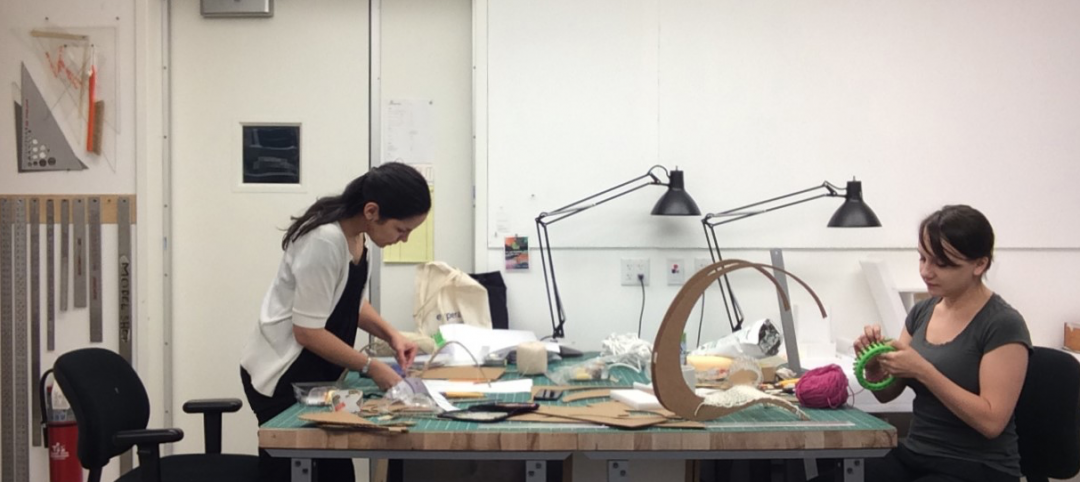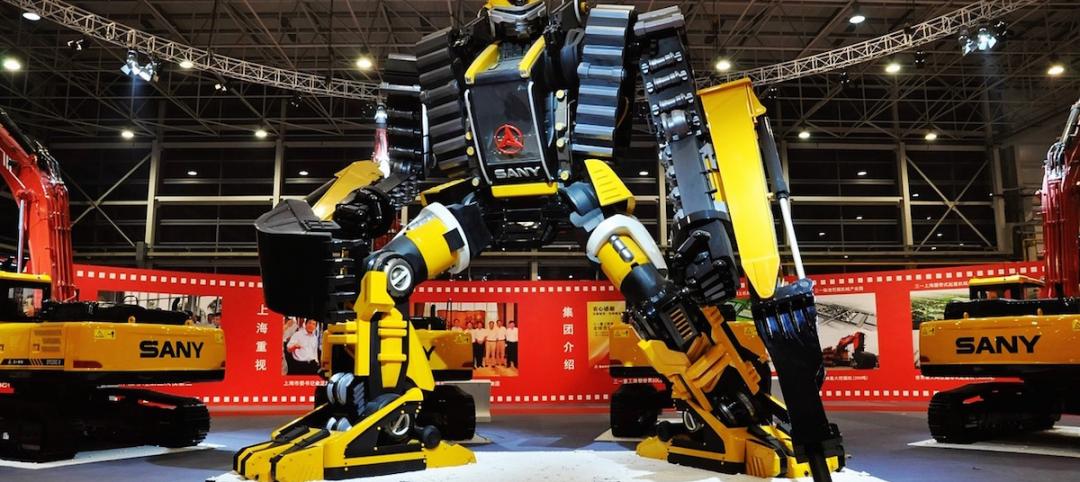The last half-century has seen a revolution occur in the workplace: the rise of women. Since 1970, the number of women in the workforce has grown by a staggering 140%, from 30.3 million in 1970 to 72.7 million during 2006-2010, according to the Census Bureau. Women now represent 47.2% of the U.S. workforce.
In the AEC industry, women’s presence varies dramatically based on the profession. Architecture fares the best, at around 39% at the intern level and roughly 25% as employed architects, according to AIA data. In construction and engineering, women make up a scant 9-11% of the workforce. And the numbers dwindle drastically at higher-level positions across all AEC professions. For instance, women represent just 17% of principal and partner positions at U.S. architecture firms, says AIA.
The proverbial glass ceiling—and the associated wage gap—for women has remained an enigma since the term was coined in the late 1970s. Experts have pondered many possible reasons: Do women have other priorities (e.g., raising families) that impel them to pause or alter their career trajectory? Are there inherent organizational or attitudinal biases in primarily male-driven professions like AEC that prevent qualified females from advancing to the highest levels? Is there a dearth of female mentors and role models in executive and management positions? Do women have a greater desire for work-life balance?
Recent research suggests that women face yet another career impediment: the confidence gap. The concept was introduced three years ago following an internal study conducted by HP to learn why the tech giant had a shortage of woman in top management positions. Its primary finding: Women applied for a promotion only when they believed they met 100% of the qualifications listed for the job. Their male counterparts, on the other hand, applied when they thought they could meet roughly 60% of the job requirements. In short, the women presumed they were being evaluated based on their credentials and experience; the men, based on their potential.
If the confidence gap phenomenon is real, it means countless AEC professional women could unknowingly be holding back their career progress—due to low confidence, misunderstanding the hiring process, or both.
A Harvard Business Review article on the subject (tinyurl.com/HBRconfidence) suggests that the confidence gap is related as much to the corporate hiring process and HR policy as it is to a lack of faith by women. In the article, women’s leadership expert Tara Sophia Mohr suggested that “women don’t need to try and find that elusive quality, ‘confidence,’ they just need better information about how hiring processes really work.”
To address these and other issues women face as AEC professionals, BD+C is launching the Women in Design+Construction Conference. The inaugural event will be held November 9-11, 2016, at the breathtaking Ritz-Carlton, Laguna Niguel in Dana Point, Calif.
To help formulate the conference program and themes, we’re assembling an advisory group of leading women in the AEC industry. If you’re interested in joining our WD+C advisory board, or hearing more about the conference, please contact me at dbarista@sgcmail.com.
We look forward to launching this exciting and important event!
More from Author
David Barista | Aug 15, 2019
3 ‘Giant’ AEC market trends for 2019-2020
We’re starting to see a shift toward custom research, thanks in part to the influx of data, data tools, and analytics expertise in the AEC market.
David Barista | Jul 31, 2019
Amenities war no more? Research report explores multifamily market
Multifamily developers show no signs of pulling back on specialty spaces and unique offerings in an effort to attract high-quality tenants, according to new research from Multifamily Design+Construction.
David Barista | Dec 30, 2016
An open letter to the AEC C-suite
Women AEC professionals need you to take action.
David Barista | Sep 6, 2016
Innovation intervention: How AEC firms are driving growth through R&D programs
AEC firms are taking a page from the tech industry, by infusing a deep commitment to innovation and disruption into their cultural DNA.
David Barista | Jun 27, 2016
If ‘only the paranoid survive,’ what does it take to thrive?
“Sooner or later, something fundamental in your business world will change.” The late Andrew Grove (1936-2016), Co-founder of tech giant Intel Corp., lived by these words.
David Barista | May 31, 2016
As commercial buildings get ‘smarter,’ concerns rise over cybercrime
As buildings become increasingly connected, opportunistic hackers have countless avenues into a building’s network.
David Barista | May 9, 2016
Is the nation’s grand tech boom really an innovation funk?
Despite popular belief, the country is not in a great age of technological and digital innovation, at least when compared to the last great innovation era (1870-1970).
David Barista | Mar 31, 2016
Deep Learning + AI: How machines are becoming master problem solvers
Besides revolutionary changes to the world’s workforce, artificial intelligence could have a profound impact on the built environment and the AEC industry.
David Barista | Feb 24, 2016
Is the booming freelance economy a threat to AEC firms?
By shifting the work (and revenue) to freelancers, “platform capitalism” startups have taken considerable market share from traditional businesses.
David Barista | Jan 26, 2016
How the Fourth Industrial Revolution will alter the globe’s workforce
The next great technological metamorphosis will be unlike anything humankind has experienced before, due to the sheer size, speed, and scope of disruption.
















